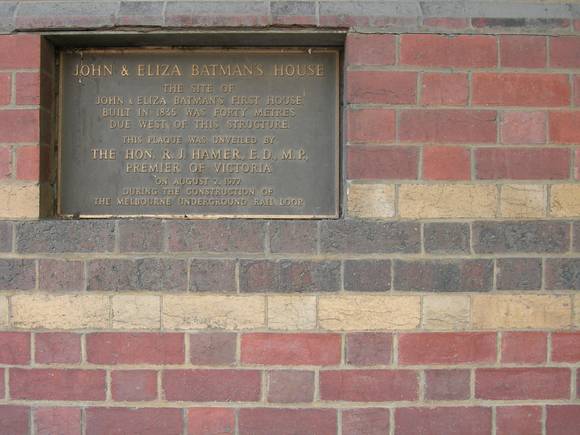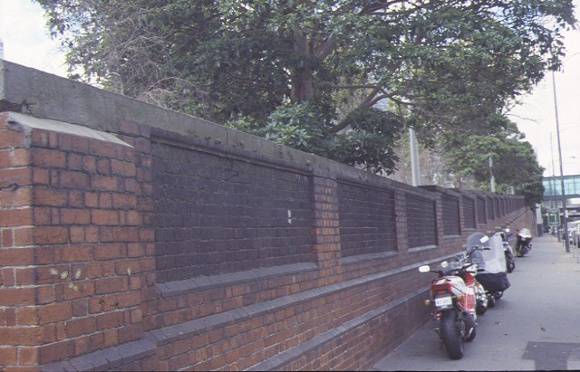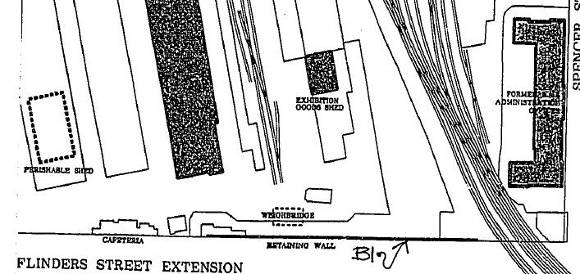| Back to search results » | Back to search page » |
|
RETAINING WALL
Location614-666 FLINDERS STREET DOCKLANDS, MELBOURNE CITY
File Number605132LevelRegistered |
|
Statement of Significance
What is significant? The Retaining Wall was constructed at Flinders Street Extension by the Victorian Railways in 1890. The establishment of the Melbourne Harbour Trust in 1876 and the implementation of Sir John Coode’s scheme for the development of the Port of Melbourne had emphasised the need for a main road to the river wharves. Flinders Street Extension was constructed as the main access road to the docks, and the new wall was to retain what was left of Batman’s Hill. Batman’s Hill was one of the sites most closely associated with the foundation of Melbourne. The wall is approximately 220m long, rises in shallow steps to a maximum height of 5.5m, and is built in red, yellow and brown polychromatic brickwork with bluestone copings. The wall, which predates the opening of the Victoria Dock by almost two years, was also part of the reconstruction and growth of the Melbourne (Railways) Yard, and is related to a significant group of railway structures including the former "A" Goods Shed (1890), the Railways Administration Building (1893) and the Spencer Street Viaduct (1897). Before the Second World War the wall was known as the ‘wailing wall’ and was the place where unemployed waterside workers would congregate and try to pick up work. A portion of the wall was dismantled and reconstructed for the widening in the 1970s of the viaduct between Spencer Street and Flinders Street Stations, and a door was cut in 1986 to provide access to a carpark. How is it significant? The Retaining Wall is of historical significance to the State of Victoria. Why is it significant? The Retaining Wall is historically significant for its ability to graphically illustrate the location of Batman's Hill, a place associated with Melbourne's foundation. Batman's own house was located in the vicinity of the crest of the wall. The retaining wall, with its patterned brickwork and general detail reflects the importance of Flinders Street extension as a gateway to Victoria Dock and is an expression of the interface between the city, the rail yards and the docks. The decorative brickwork is unusual for a retaining wall, and indicates the civic nature of a road which was effectively an extension of the regularity of the city grid. The Retaining Wall is of historical significance as a gathering place for waterside workers during the boom years of the port, between 1900 and the start of the Second World War.
Group
Transport - Rail
Category
Railway gate/ fence/ wall,






